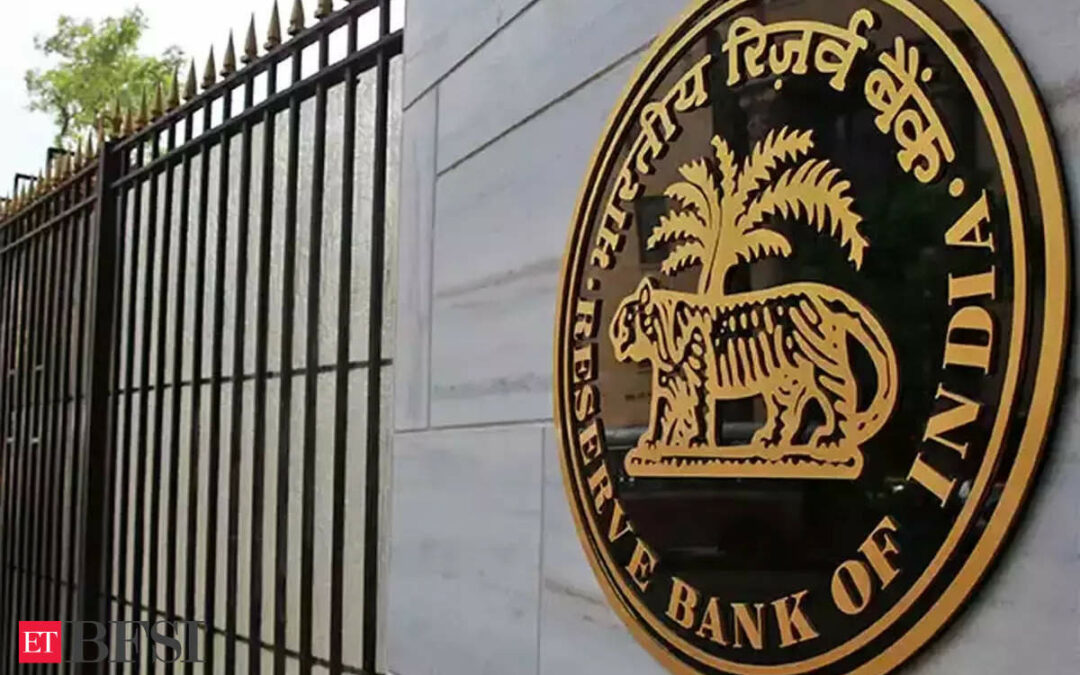The Reserve Bank of India’s tightening of underwriting norms through higher risk-weighted assets such as unsecured loans is credit positive because lenders will need to allocate higher capitals for such loans improving their loss-absorbing buffers and may dampen their growth appetite, Moody’s said.
“We expect banks would be able to absorb higher risk weights on their capital because the overall banking sector’s exposure to unsecured retail credit is small at around 10 per cent of loans as of September 2023 and the sector’s overall capitalisation is at historically high levels with a Common Equity Tier 1 ratio of 13.9 per cent as of March 2023,” the global rating agency said.
However, the impact of the new underwriting rules could vary among individual lenders depending on their exposure to unsecured loans.
Last week the central bank raised risk weights on riskier unsecured retail loans and credit cards by banks and non-bank finance companies (NBFCs) by 25 percentage points.
Rapid growth
The unsecured segment has been growing very rapidly in the past few years exposing financial institutions to a potential spike in credit costs in case of sudden economic or interest rate shocks.
Over the past few years, India’s unsecured lending segment has become very competitive with banks, NBFCs and financial technology (fintech) companies, including several new entrants, aggressively growing loans in this category, it said adding that in the past two years, personal loans grew around 24 per cent and credit card loans grew 28 per cent on average compared with overall banking sector’s credit growth of around 15 per cent.
NBFCs and Fintechs
Several NBFCs, which until now focused on secured lending categories such as infrastructure, real estate and vehicle loans, have also pivoted to these riskier segments. The net interest margins for such loans are also declining because of steep competition. Several banks and NBFCs are sourcing unsecured loans through fintech companies’ apps. However, fintechs’ loan origination and collection models are largely untested and could expose the NBFCs and banks to asset quality volatility, it warned.
The regulator has also increased risk weights on banks’ exposure to NBFCs by 25 percentage points on a selective basis. The higher risk weights will be applicable to NBFCs which until now benefitted from risk weights below 100 per cent because of their higher domestic ratings.
However, the strain from higher risk weights will be moderate because it will not be applicable to loans extended for housing finance and priority sectors such as agriculture and micro, small and medium enterprises, among others, Moody’s said.











